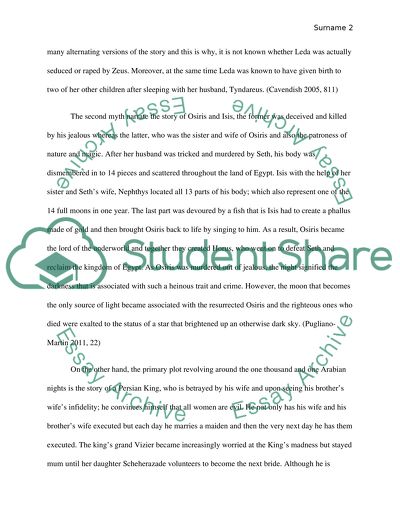Cite this document
(“Compare and contrast three stories from three different cultures Essay”, n.d.)
Retrieved from https://studentshare.org/religion-and-theology/1495669-compare-and-contrast-three-stories-from-three
Retrieved from https://studentshare.org/religion-and-theology/1495669-compare-and-contrast-three-stories-from-three
(Compare and Contrast Three Stories from Three Different Cultures Essay)
https://studentshare.org/religion-and-theology/1495669-compare-and-contrast-three-stories-from-three.
https://studentshare.org/religion-and-theology/1495669-compare-and-contrast-three-stories-from-three.
“Compare and Contrast Three Stories from Three Different Cultures Essay”, n.d. https://studentshare.org/religion-and-theology/1495669-compare-and-contrast-three-stories-from-three.


